Air Force Red Army against the Luftwaffe. Transport aircraft
We can immediately say that transport aircraft is one of the components of the Air Force, without which it is difficult to imagine the normal work of any army of that time. Urgent delivery of goods, the transfer of troops, supplies - these components are important and in some cases without them simply can not do.
Today we will consider the opposition that unfolded in the sky of the Great Patriotic War between the transport aircraft of the Soviet Union and Germany.
Luftwaffe
The point, of course, is the capitalist approach, which requires the development of all transport systems. And Germany, from the very end of the crisis after the First World War, began to build passenger aircraft, some of which, in turn, became bombers, and some - transport aircraft.
Junkers Ju-52 / 3m
Produced from 1932 to 1945 year. A total of 4 845 units were built.
Built in 1930, the prototype of the Junkers Ju-52 had a single engine and a distinctive fuselage of corrugated metal. Following the test, the number of engines was increased to three, and the plane was designated Ju 52 / 3m.
Initially, the aircraft was used as a passenger airliner in the airline "Lufthansa". Was created and the transport option. In general, the design of this aircraft was originally laid the possibility of rapid modernization in a light bomber.
In 1936 — 1939 The modernized Ju-52 as part of the revived Luftwaffe took part in the Spanish Civil War as part of the Condor Legion, but already in those years its flight characteristics as a bomber were inadequate, and the Ju-52 suffered significant losses.
But as a transport plane, "Aunt Yu" or "Iron Annie", was very useful.
Features:
Weight, kg
empty aircraft: 6 500 kg
normal take-off: 10 500 kg
maximum take-off: 11 000 kg
Engine type: 3 x BMW-132T-2 x 830 hp
Maximum speed: 285 km / h
Cruising speed: 250 km / h
Practical range: 1090 km
Maximum rate of climb: 175 m / min
Ceiling: 5 900 m
Crew: 3 people
Payload: 18 passengers or 2500 kg of cargo
Armament: one X-NUMX-mm machine gun MG-7.9 or 15-mm MG-13 on the upper turret, one MG-131 above the cab, two MG-15 in side windows, 15 x 10-kg bombs or 50 x 2-kg bombs.
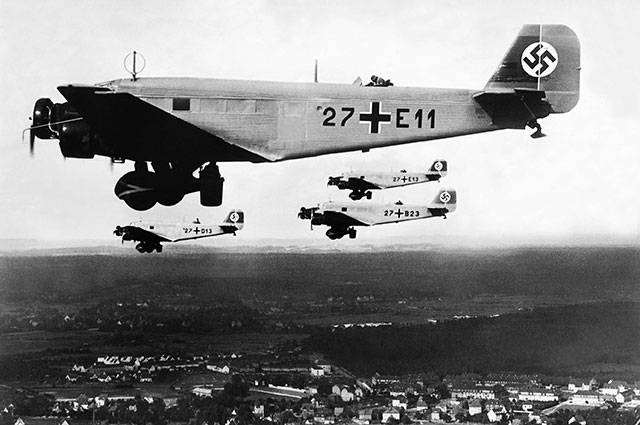
Ju-52 was used on all fronts and in the rear, produced throughout the war. He took an active part in the largest German airborne operation - the seizure of the island of Crete. It was used to supply troops, including those who were surrounded, building "air bridges" of supply at Demyansk and Stalingrad.
Heinkel Non-111
Developed as the fastest passenger aircraft in the world, the Non-111 did not live up to its hopes. The passenger plane didn’t really come out of it, due to the narrow and uncomfortable cabin and economy. Profitability, frankly, there was no.
But the plane attracted the attention of the Luftwaffe, and out of it came a wonderful bomber.
However, with the beginning of the Second World War, the Luftwaffe реб s hands were quickly withdrawn from circulation by all passenger aircraft and converted them into transport ones. The number was not very large, but the outbreak of war demanded the transfer of troops and cargo.
Therefore, 12 airplanes of the “C” series were renamed “G”, the armchairs were thrown out, defensive armament was installed and the aircraft began its military transport career.
The transport plane from Non-111 turned out, so much so that in 1943, the non-111H-20 / R-1 (transport-landing plane) and R-2 (glider towing aircraft) version went into series.
Features:
He-111G-3
Weight maximum take-off: 8 460 kg
Engine type: 4 x BMW 132H-1 x 880 hp
Maximum speed: 345 km / h
Practical range: 2400 km
Ceiling: 8 390 m
Crew: 2 people
Payload: 18 man of troops or 1500-1800 kg of cargo
The H-20 series was more substantial. From the 770 aircraft series, 214 were modifications of the R-1 and R-2. From the “G” series, the “H” series differed by a cheaper version of the wing with a simplified design.
This is also worth adding a masterpiece He-111-Z-1 - a tandem of two aircraft He-111, connected to each other by a fifth engine. The Zwilling was used as a tugboat for the heavy glider Me-321.
Features:
Weight:
empty aircraft: 21 500 kg
normal take-off: 25 350 kg
maximum take-off: 28 600 kg
Engine type: 5 x Junkers Jumo 211F-2 / S-2 x 1060 hp
Maximum speed: 435 km / h
Towing speed:
with Me-321 - 340 km / h
with two Go-242 - 220 km / h
Practical range: 250 km
Ceiling: 10 000 m
Crew: 4 people
Junkers Ju-352
Further work on the not entirely successful aircraft Junkers Ju-252, which in theory was supposed to replace the Ju-52. But 252 was released only in 15 copies, and therefore it is not worth talking seriously about it.
At the end of spring 1942, the firm "Junkers" received from the Ministry aviation instructions to redesign Ju-252 with the maximum use of non-strategic materials and replacing Jumo-211 engines, the production of which barely covered the needs of military aircraft, to air-cooled Bramo-323R-2 engines. As a result, in 1943, the Ju-352 appeared, nicknamed the Herkules company, very similar in appearance to the Ju-252, but essentially a different airplane.
The "highlight" of this aircraft was "trapoklappe", in fact - amphibious ramp with hydraulic drive. Nominally, according to the “trapklappe”, a vehicle could be driven in by an aircraft, but in practice winches and cables were used for loading.
Features:
Weight maximum take-off: 19 600 kg
Engine type: 3 x BMW-Bramo-323R-2 x 1200 hp
Maximum speed: 370 km / h
Practical range: 3 000 km
Maximum rate of climb: 315 m / min
Ceiling: 6 000 m
Crew: 4-5 pax
Payload: up to 4 300 kg of cargo
Armament: one MG-151 / 20 cannon in the top HD-151 / 2 turret
A very promising aircraft, the Ju-352 was an unconditional step forward compared to the Ju-52 / 3m. Especially interesting were reversible screws. A reverse propeller technique was developed for the central engine during landing, followed by the rest of the remaining screws at the moment of contact. As a result, the run decreased by 60%.
A total of 43 vehicles were built and transferred to the Luftwaffe.
Messerschmitt Me-323 "Giant"
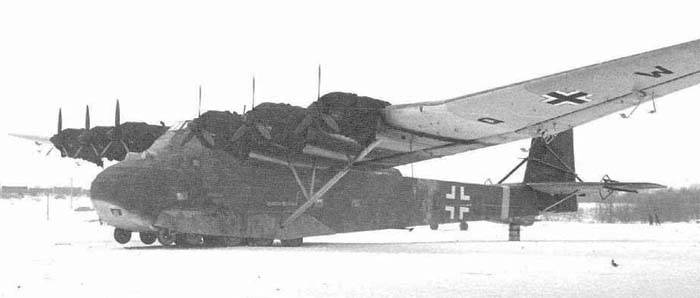
The heaviest land plane of the Second World War. And the most impressive in payload (up to 23 tons).
Me-323 was built on the basis of the heavy military glider Me-321 "Gigant" and engines of the French company "Gnome-Rhone", captured in the warehouses of occupied France. He was superior to the main Luftwaffe transporter Ju-52 in terms of payload by 5 times, and in terms of efficiency - by almost 2 times (0,57 versus 1 liters of fuel per ton-kilometer).
The first prototypes had four engines, but, due to low thrust-to-weight ratio, only six-engine variants were designed in the future. The chassis of the aircraft, which was supposed to withstand heavy loads and whose shock absorbers acted on the principle of a railroad buffer, was a technological innovation of the time.
Me-323 was mainly used to supply German troops in Tunisia and North Africa, in 1942-1943, making departures from the Apennine Peninsula and from the island of Sicily.
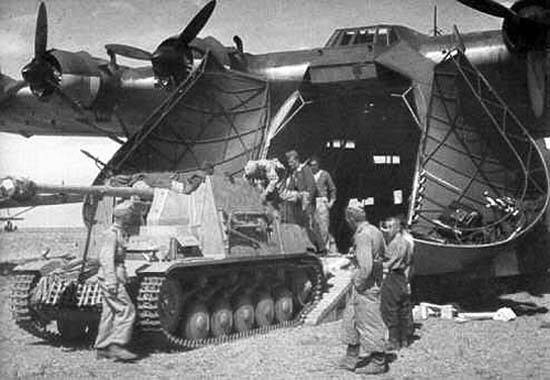
In January, 1943, the Me-323, was involved in the supply operation of the Paulus 6-th army surrounded in Stalingrad. We flew from the airfield Zverovo.
Features:
Crew: 5 people
Weight empty: 27 000 kg
Curb weight: 29 500 kg
Maximum takeoff weight: 43 000 kg
Payload Mass: 11 000 Kg or 130 Soldier
Engines: 6 × Gnome-Rhône 14N x 950 hp
Maximum speed: 250 km / h
Cruising speed: 210 km / h
Practical range: 800 km
Service ceiling: 4700 m
Rate of climb: m / s 3,6
Climbing time: 4000 m for 35 minutes
The Me-323D-1 defensive armament initially consisted of four MG-7,92 15-mm machine guns, two of which were placed in blisters at the top of the cargo doors, and two more on top of the fuselage. Plus there was the ability to use assault machine guns.
But with the release of the aircraft, defensive weapons increased, and as a result it became quite impressive:
Two X-NUMX-mm MG-20 / 151 cannons in EDL 20 turrets on the wing, 151 machine guns: two MG-9-13-mm machine guns in the nasal hatch, one MG-131 at the end of the flight deck, four MG-131 in the two upper sets and two MG-131 in the lower side installations.
Total was released 201 aircraft.
Gota Go-Xnumx
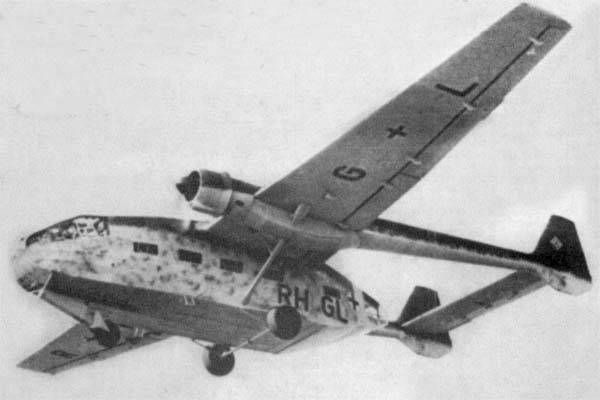
Attempt to make a transport plane from the cargo glider Go-242 by installing captured French engines "Gnome-Rhone".
Obviously, the non-motorized version of the "flying container" of the Goth company turned out to be more successful. The experience of using these aircraft on the Eastern Front and in other theaters of war was considered unsuccessful. Insufficient engine power, problems with spare parts for the whimsical French “Dwarfs” and low flight speed were noted. Therefore, the release of Go-244 stopped, the plant returned to the assembly of airplanes Go-242.
Features:
Weight maximum take-off: 7 800 kg
Engine type: 2 x Gnome-Rhone 14М-4 / 5 x 700 hp
Maximum speed: 290 km / h
Practical range: 740 km
Rate of climb: 270 m / min
Ceiling: 7 650 m
Crew: 2 people.
Payload: Paratrooper 23 or 3 000 kg of cargo
Armament: four 7,9-mm machine gun MG-15
Total 172 aircraft was released
The Arado Ar-232 did not make the list of transport workers, but we will pay special attention to this aircraft for special operations.
In general, based on the foregoing, it can be concluded that the Luftwaffe had a very significant number of transport aircraft (and a huge number of transport gliders) and was able to promptly solve supply issues.
Air Force Red Army
Here we will again observe the “bomber” approach to the question. Paradoxically, in the USSR they did not build heavy transport aircraft. And the entire transport aviation was represented by literally two aircraft. But - what!
The main burden of transport operations lay on the wings of the Douglas DS-3, aka PS-84, aka Lee-2. Until the end of the war, the 11 000 of these aircraft was produced. From Li-2 they even tried to make a night bomber, but they brought more benefit from the Li-2 as a transport.
There is no point in listing the places where Lee-2 was used. The front line, and what was behind it (surrounded parts, partisans, sabotage groups), and rear were the fields of his activity.
Features:
Take-off weight: 7 700 kg
Maximum take-off weight: 10 500 kg
Engines: 2 x M-62IR x 1000 l. with.
Maximum speed: 320 km / h
Flight range: 2 560 km
Practical ceiling: 5 600 m
Load capacity: up to 25 person or 3 000 kg of load
Lee-2 was exploited in the middle class. And his contribution to the victory is huge. But there was another, no less honored aircraft.
Y-2 / Po-2
It is difficult to say how many 33 000 airplanes were used as transport. Multifunctionality, as they would say today, this aircraft allowed everything. And to throw bombs and take out the wounded (sanitary modifications U-2С-1 and У-2С-2), to deliver cargoes where it would be impossible for an ordinary plane to fly.
Features:
Normal take-off mass: 1250 kg
Engine type: 1 x M-11K x 115
Maximum speed: 140 km / h
Cruising speed: 115 km / h
Practical range: 720 km
Rate of climb: 83 m / min
Ceiling: 2 400 m
Crew: 1 people.
Payload: two passengers or 300-400 kg of cargo
It is worth mentioning the special modification of the Y-2.
In the sanitary modification of the U-2C-2, the fuselage was designed, in addition to the pilot, for 2 seats (one lying and one sitting), in addition, the 2 man was placed on the lower wing in the removable cabins of the Bakshaev or Shcherbakov engineers.
It was made more than 500 aircraft of this modification.
It is well known that the U-2 played a very significant nightly role as a night bomber, but was no less valuable as a supplier of small cargo and medical aid. Considering how many of these aircraft were produced in the prewar period and during the war, it can be concluded that it took place as a transport aircraft.
What conclusions can be drawn? Disappointing for the Luftwaffe. Despite the fact that from a technical point of view, the transport planes of Germany were in many ways superior to the Soviet ones, there were more of ours. However, if you look at the average, our main air truck Lee-2 was not inferior, and in many respects even surpassed the main German transporter Ju-52.
The fact that the Germans had “miracle machines” of the type Me-323 did not correct the situation, with the exception of a few operations on the Eastern Front, the Me-323 worked in the south.
And naturally, the best transport aircraft feel when the sky has the superiority of its air force. A striking example is the Demyansk operation 1942 of the year. In conditions of superiority of the Luftwaffe in the air, the Germans were able to provide the surrounded grouping with everything necessary.
Literally six months later, in Stalingrad, the Luftwaffe colonel Fritz Mortsik, who successfully created the “air bridge” in Demyansk, was unable to help the Paulus army, faced with serious opposition from the Red Army air force.
It was at Stalingrad that the Luftwaffe transport forces were so undermined that they could not recover from the losses incurred before the end of the war.
The figures of the manufactured aircraft also suggest that by making a bet on one universal transport vehicle, the Li-2, the Soviet command made life much easier in terms of training pilots and repairing machines. With regards to the U-2, which could fly any pilot of the USSR, it was all even easier. Personnel were prepared before the war.
And this round was left to our pilots and factory workers.
Sources:
Shunkov V.N. Luftwaffe Aviation.
Simakov B.L. Aircraft Country of the Soviets.
http://www.airwar.ru.
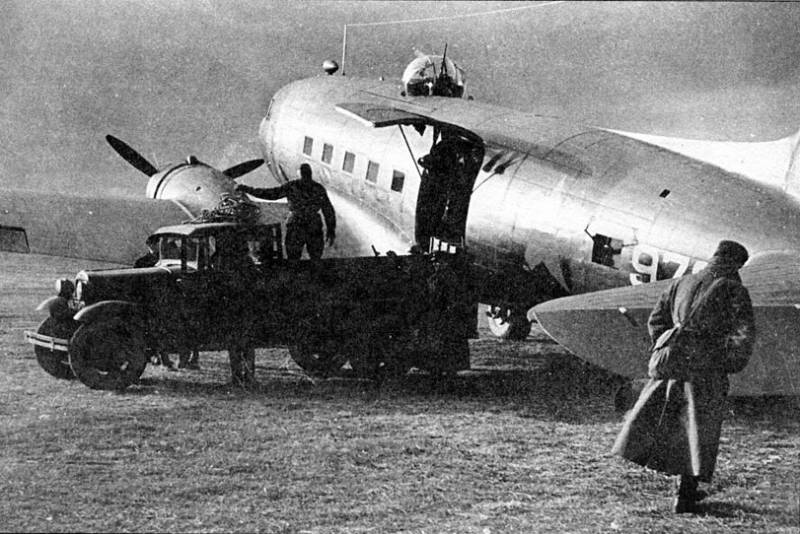
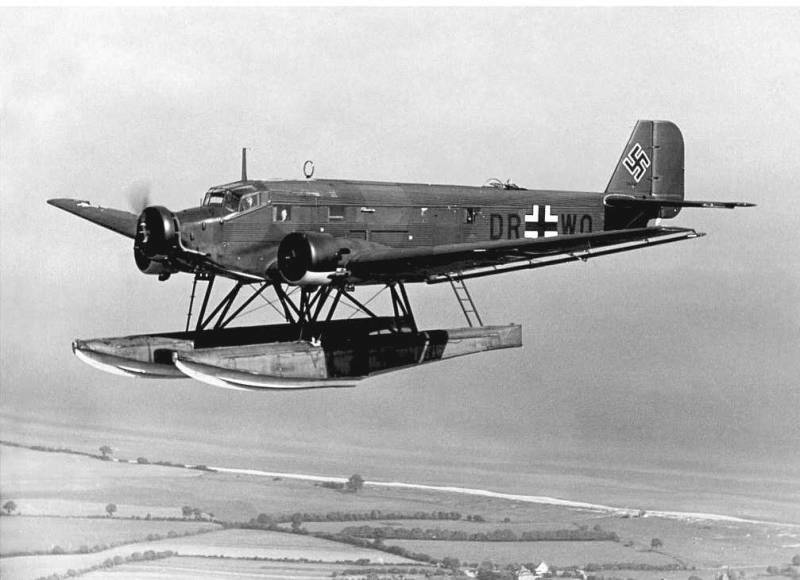
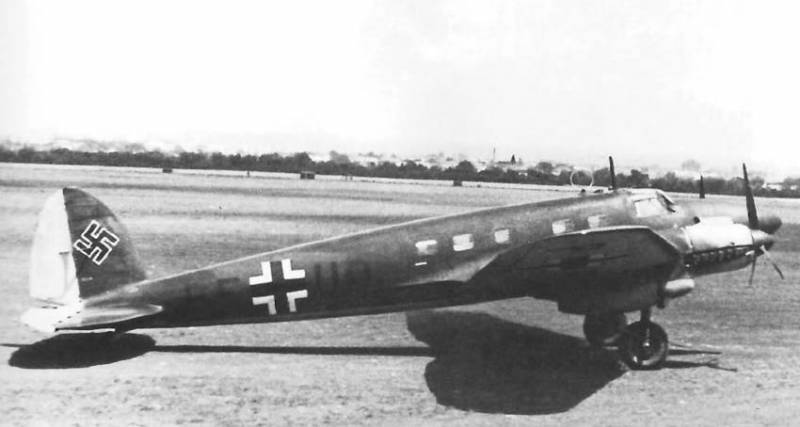
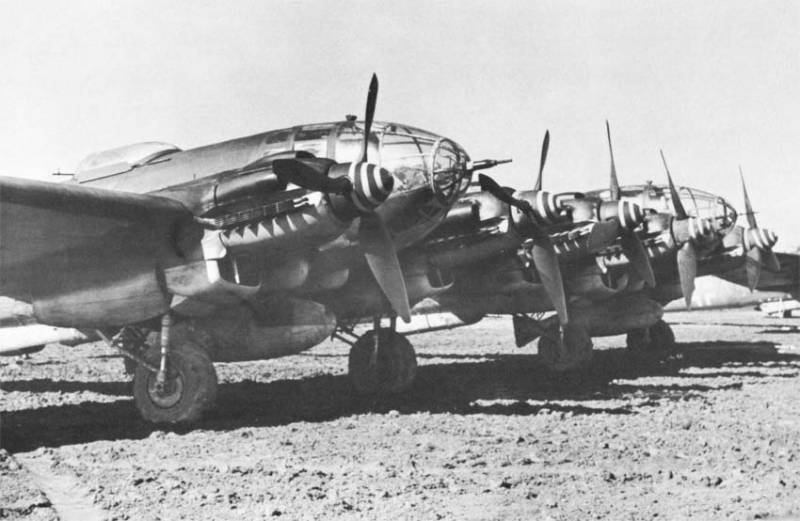
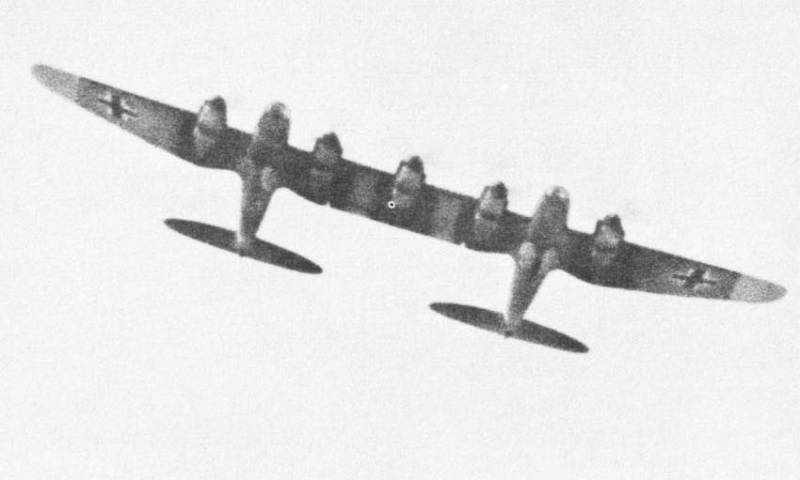
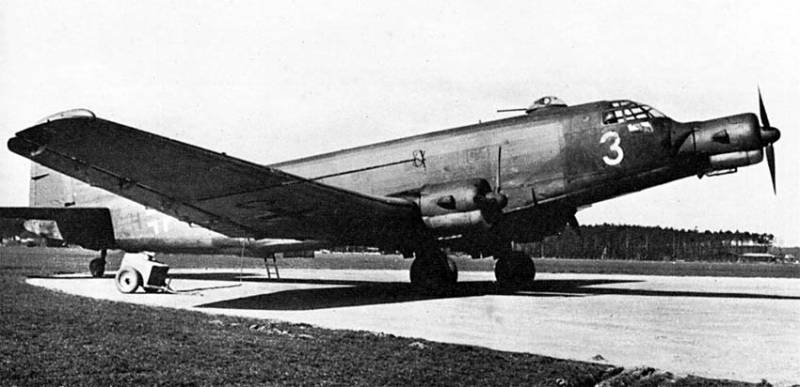
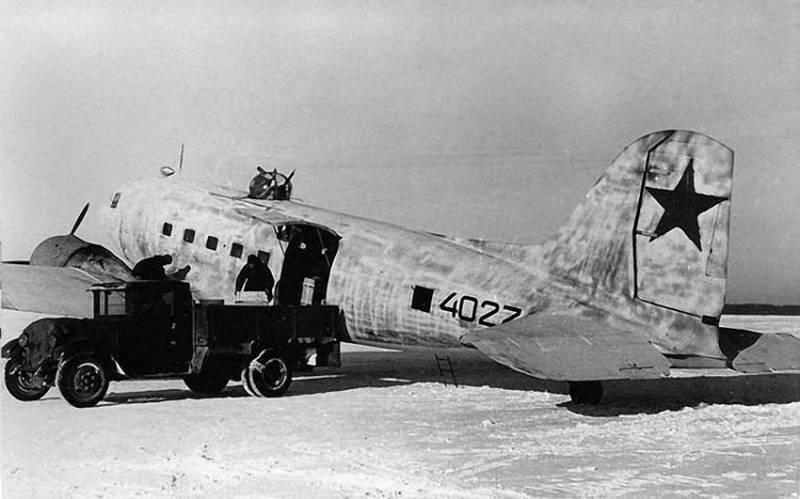
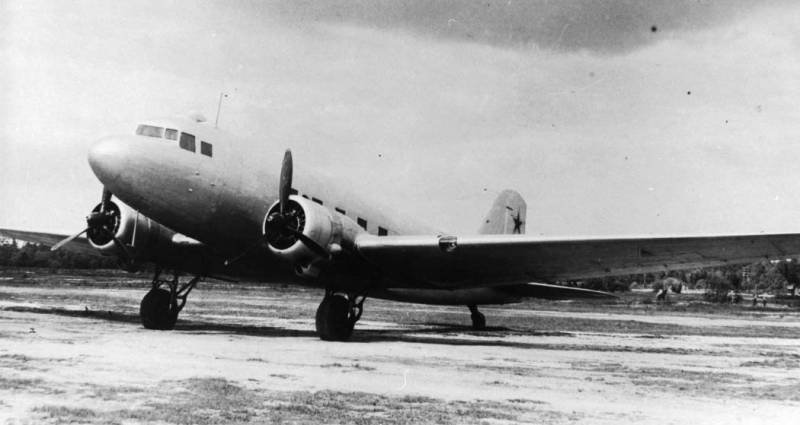
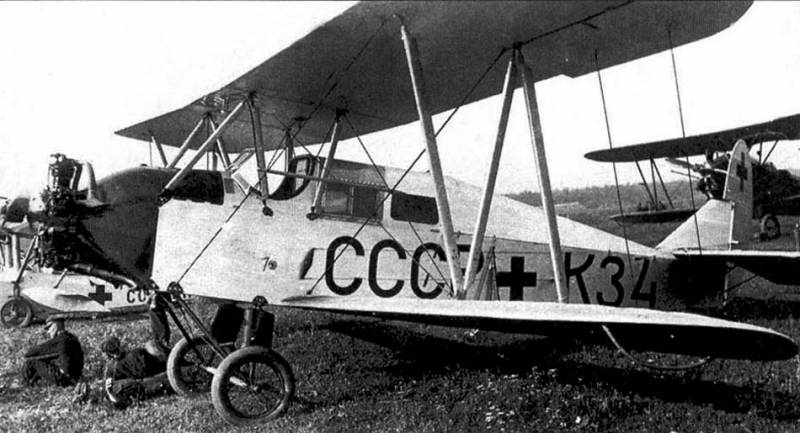
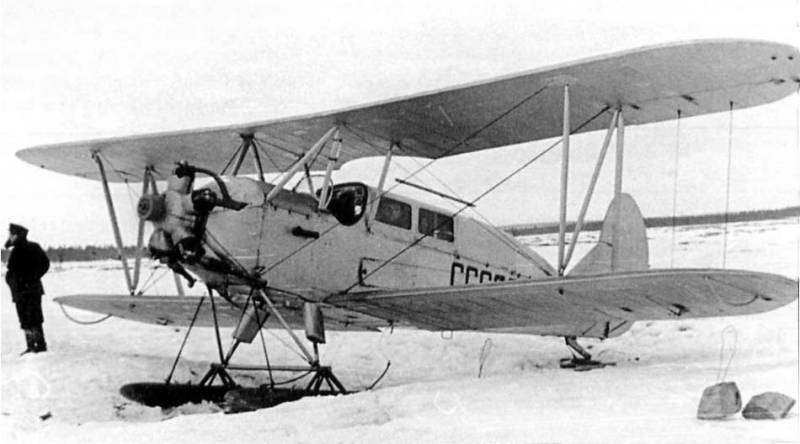

Information